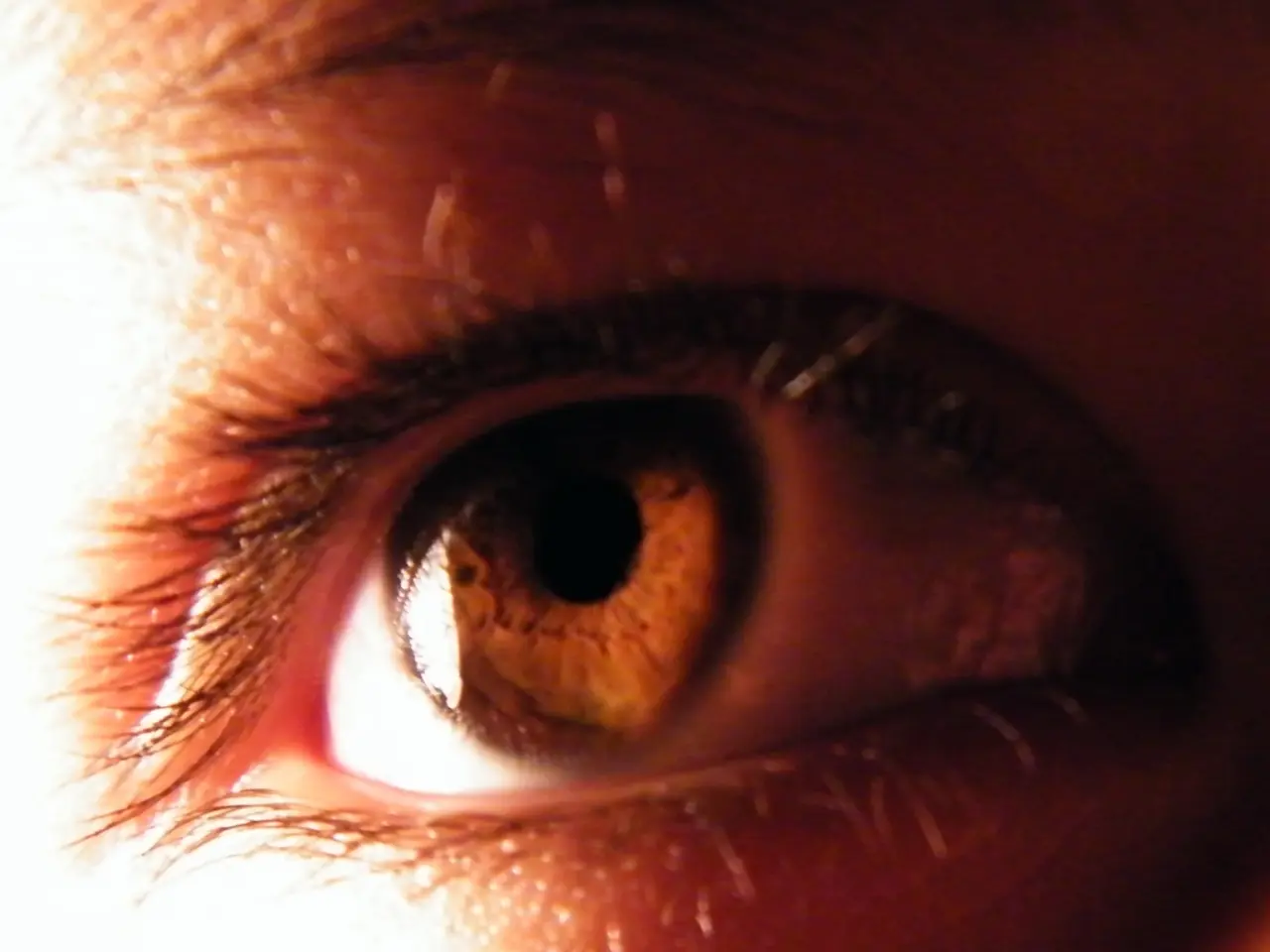Actinic Keratoses: Common Pre-Cancerous Skin Lesions You Shouldn't Ignore
Actinic keratoses, common pre-cancerous skin lesions, are typically caused by long-term sun exposure. These lesions, often appearing as scaly, discolored spots on sun-exposed areas, can progress to squamous cell carcinoma if left untreated. Early detection and treatment are crucial.
Actinic keratoses usually develop in adults over 60, with light-colored skin, a history of sunburns, or frequent sun exposure. They occur when skin cells called keratinocytes grow abnormally, forming lesions that can be pink, brown, tan, or gray. Diagnosis is typically visual, with skin biopsy confirming suspicious lesions.
Treatment options include cauterization, cryotherapy, topical medical therapy, and photodynamic therapy. Prevention involves reducing sun exposure, wearing protective clothing, avoiding tanning beds, using sunscreen, and regular skin examinations. Regular monitoring by a doctor or dermatologist is recommended due to the risk of progression to SCC.
Actinic keratoses, while common, should not be ignored. They are a warning sign of potential skin cancer. Early detection and treatment can prevent progression to squamous cell carcinoma. Regular monitoring and sun protection are key to managing these lesions.







